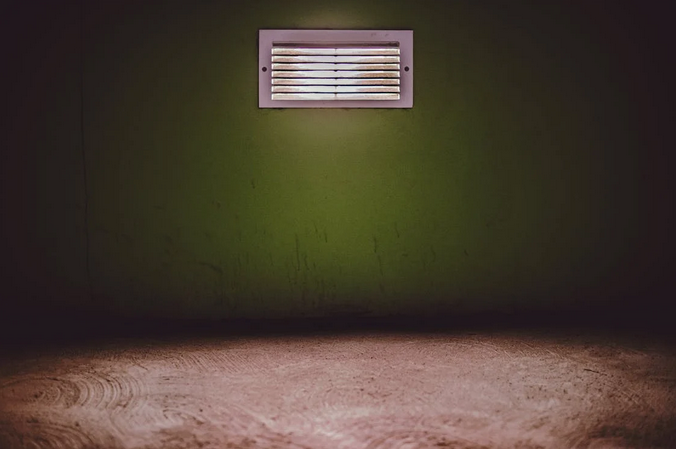We’ve all been there; it’s time to do the laundry, and you head down to the basement only to be hit with an overwhelming musty smell. Your first thought is probably that your basement is damp or wet, and you’re right. Basements are notorious for being absolutely damp and musty, but it doesn’t mean that you have to live with it. In fact, dampness in your basement can lead to a host of problems that you definitely don’t want to deal with.
That’s why it’s essential to combat dampness in your basement before it gets out of hand. We’ve done a bit of research and come up with these valuable tips. So why not give these a try? These are some of the tips that you can use to keep your basement dry and free of moisture.
Ensure Effective Drainage

Proper drainage is not negotiable when it comes to keeping your basement dry. If you read a post from Immoportal, you’ll learn that without effective drainage, water can easily seep into your basement through all those cracks in the foundation or even from the ground itself.
First of all, ensure that your gutters and downspouts are directing water away from the foundation of your home. Next, let’s learn about how to grade around your home for effective drainage. The soil should always slope away from the foundation, allowing rainwater to flow away instead of pooling near the walls. If you notice any low spots or areas where water tends to collect, consider adding more soil or adjusting the slope accordingly.
Seal Cracks and Gaps
Moving on to these tiny openings, they may not seem like a big deal, but they can actually be a major source of moisture infiltration. When water seeps through these cracks, it can lead to mold growth and structural damage.
To seal cracks and gaps, start by examining the walls, floors, and foundation for any visible signs of damage. Pay close attention to areas where pipes or utility lines enter your basement, as these are common entry points for water. Use an epoxy or polyurethane-based sealant to fill in these gaps securely.
Improve the Ventilation

Basically, good airflow helps remove excess moisture and prevent it from accumulating, ultimately reducing the risk of mold growth and other issues. There are a few simple steps you can take to improve ventilation in your basement. Make sure that air vents or windows are not blocked by furniture or clutter. Clearing these areas allows for better circulation of fresh air.
Additionally, consider using fans or dehumidifiers to enhance airflow and control humidity levels. These devices can help remove stale air and replace it with drier air, preventing condensation from forming on surfaces.
Apply Waterproofing Paints
When it comes to combating dampness in your basement, one effective solution is applying waterproofing paints. These specialized paints are designed to create a protective barrier on your walls and floors, preventing moisture from seeping through.
Not only do these paints add an aesthetic touch to your space, but they also provide long-lasting protection against moisture intrusion. The unique formulation of waterproofing paints creates a solid barrier that prevents water molecules from penetrating the surface. This helps keep your basement dry and free from mold or mildew growth.
